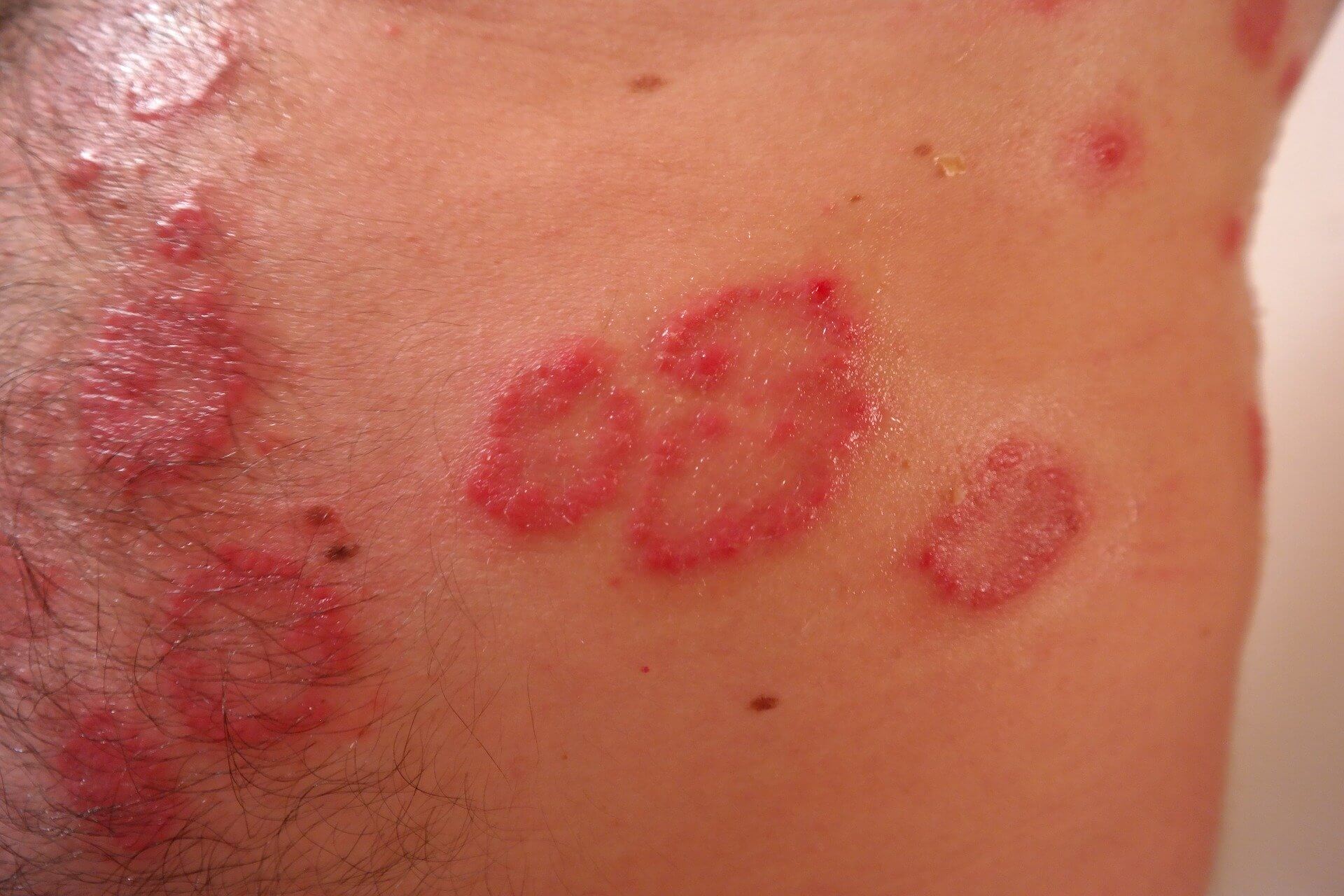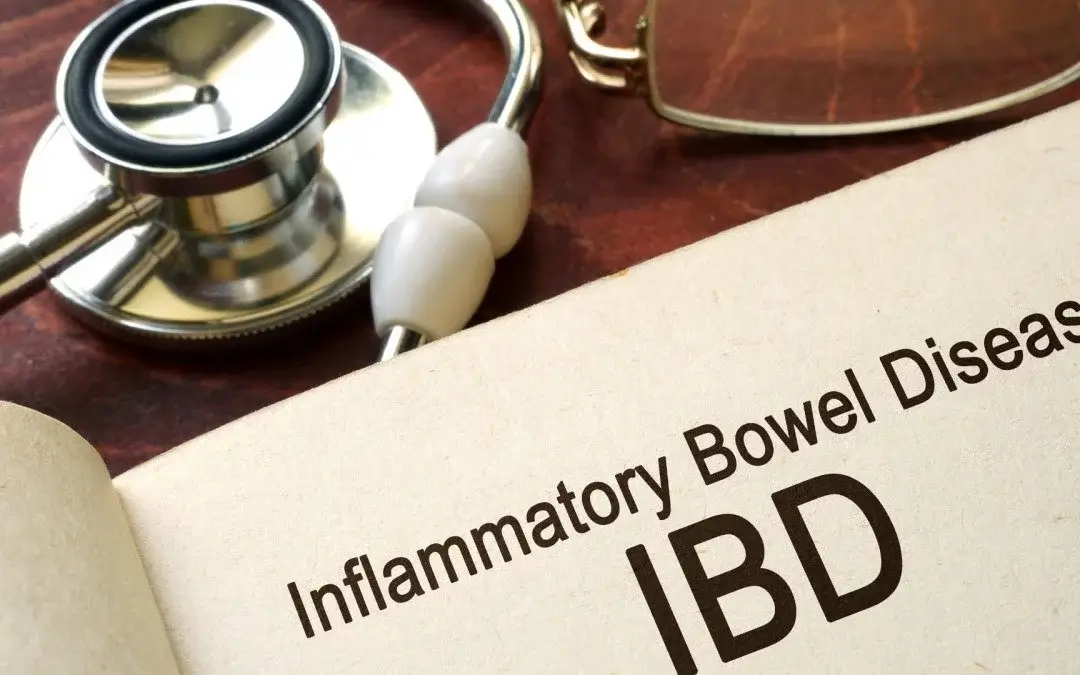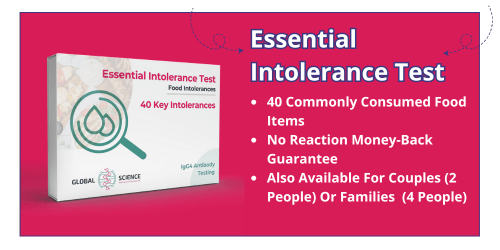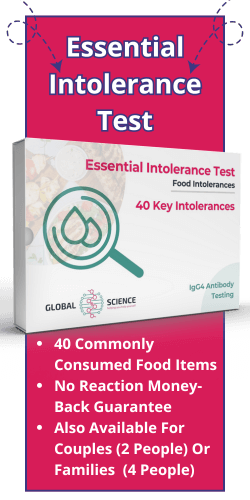
What is an elimination diet?
Having discovered that you have a food intolerance, the results of your intolerance test will indicate that you need to cut out this offending food from your diet. You can do this with an elimination diet. An elimination diet is when you remove foods from your diet that you suspect your body will not be able to tolerate because your intolerance test has indicated this. If you’re worried whilst reading this, do not, because the offending food(s) can be reintroduced, slowly, and you can measure your body’s reactions to see if you have a reaction.
A typical elimination diet only lasts around 5-6 weeks and can be used to help those with a food intolerance or those who suspect they have an intolerance due to a sensitive gut. Food sensitivities can be frustrating to deal with, especially if you can’t identify the offending foods, despite doing a food diary. An intolerance test can be extremely beneficial, as it will cut out the symptoms you have been experiencing, such as gas, nausea, diarrhoea and constipation.
How does it help?
As well as stopping symptoms such as bloating and nausea, an elimination diet will help to put your mind at rest. Removing foods from your diet can mean that you can attend parties and school socials without the worry of having a dodgy stomach or a migraine. This offending food which your intolerance test has identified has probably been causing you problems for far longer than you realised, and your mind will now be at rest.
Alternatives and Solutions?
You must be wondering what you can eat now that you have lost access to your favourite food. Don’t worry, there are always alternatives to certain foods, including gluten-free meals, lactose-free meals and many friends and restaurants will always be happy to take out the offending ingredient from your meals. If an elimination diet does not work and the offending foods are still causing you issues, then we recommend you consult your GP.
Getting Rid and Bringing Back
The Comeback after an Intolerance Test and Elimination Diet







